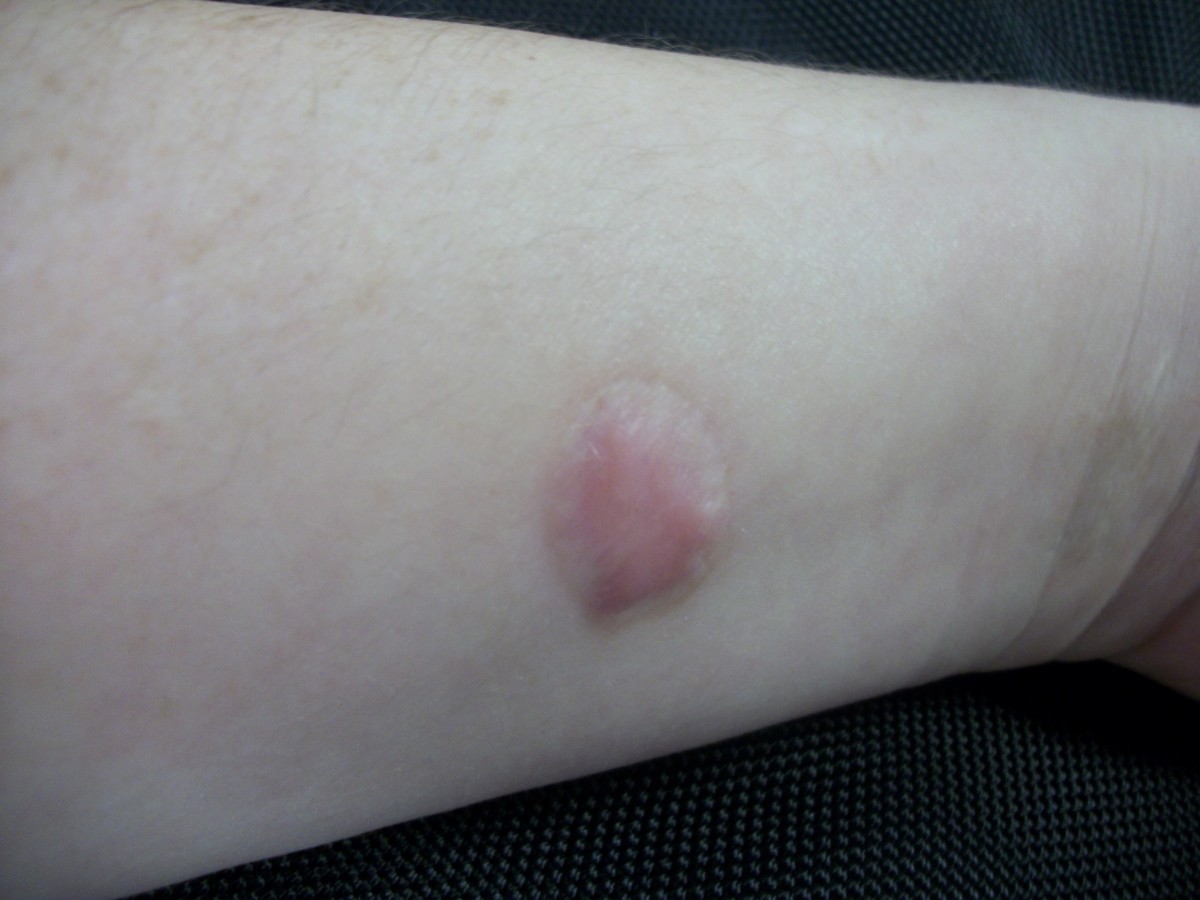


Second degree burn professional#
The following general measures can be taken while awaiting professional care. Your local Poison Control Center can best provide this information. Cover the affected area with a cool, moist cloth or bandage.īurns caused by chemical exposure require quick first aid while awaiting medical care doing so can lessen the chemical's harmful effects.Avoid further contact with smoke or heat, but do not remove the person's clothes and do not immerse the burn areas in cold water.While awaiting professional medical care, self-care measures are as follows: Until the burn has healed, continue to apply clean, dry dressings, and change them daily.įor severe (extensive second-degree and all third-degree) burns, contact emergency help immediately.Take a pain reliever such as acetaminophen (eg, Tylenol), ibuprofen (eg, Advil, Motrin), naproxen (eg, Aleve), or aspirin (but never use aspirin in children or adolescents aged 18 years or younger).Gently pat the area dry with a clean or sterile cloth, and cover the area with a nonadhesive, sterile, dry dressing.Note: Unless the burn is in the mouth, do not apply ice directly to the affected area. Run the affected area under cold water, or immerse the area in cold water for 10–15 minutes.General self-care measures for minor (first-degree and some second-degree) burns are as follows: Seek professional medical care for burns that do not fit the above criteria. When in doubt, treat as a serious burn.Īll first-degree burns and all second-degree burns that are smaller than 2–3 inches in diameter are considered minor burns, and they can be treated as specified in the First Aid Guide below. It is important to try to assess the seriousness of a burn, which is determined, primarily, by the size of the burn and its depth.

It is often difficult to determine the extent of airway burns. The airway swells, which can cause suffocation. Third-degree burns do not have pain associated with them.Īirway burns can affect the nose, throat, and windpipe and are typically caused by inhaling smoke, steam, or toxic fumes. Third-degree burns involve destruction of all layers of the skin, including fat, muscle, blood supply, and sometimes bone. Second-degree burns involve destruction of the second layer of skin, causing blistering, swelling, and pain. First-degree burns are superficial with red skin, pain, and no blistering.
Second degree burn skin#
A burn is an injury to the skin resulting from direct contact or exposure from extreme heat or cold, friction, electricity, or chemicals.


 0 kommentar(er)
0 kommentar(er)
